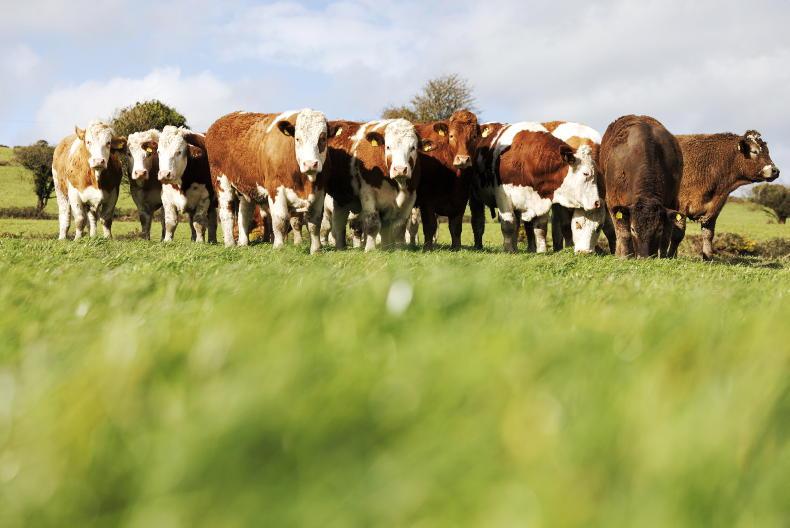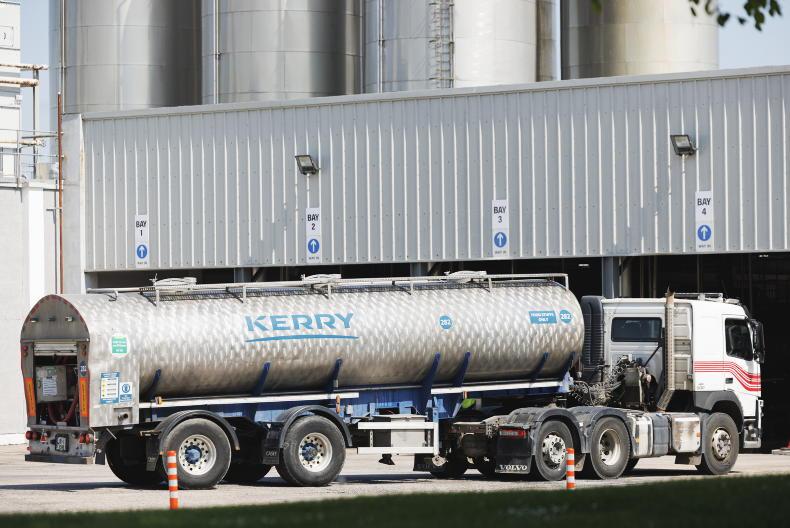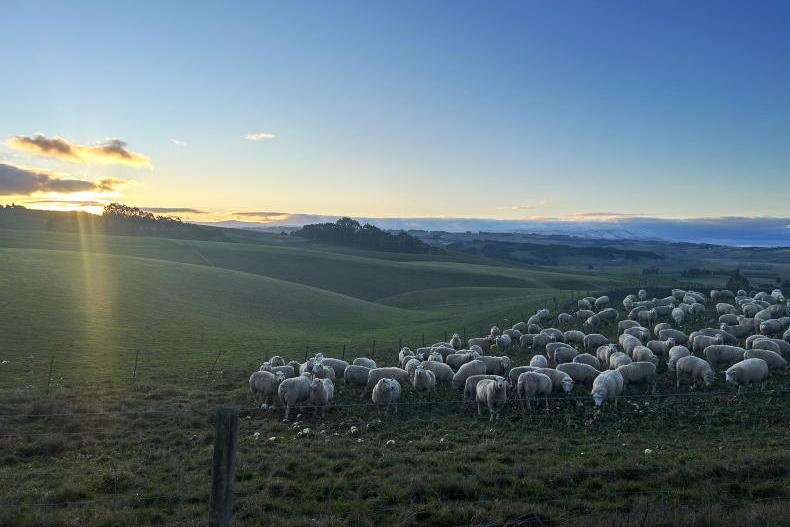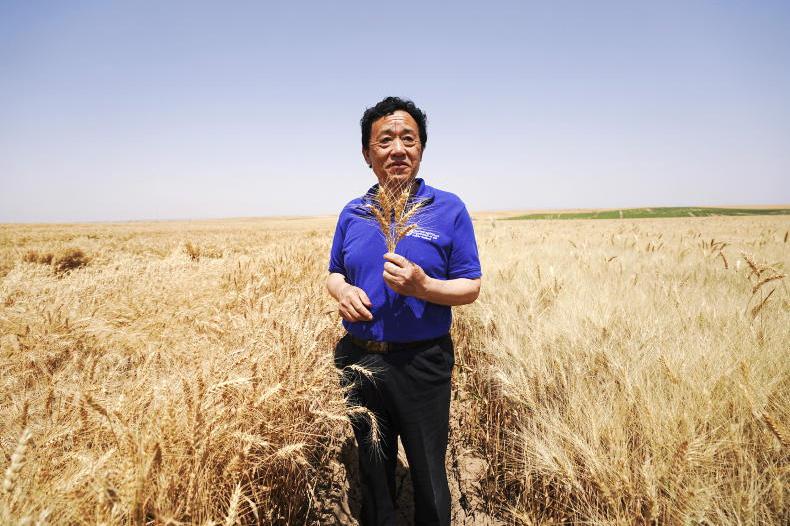The Organisation for Economic Co-operation and Development (OECD) and the Food and Agriculture Organization (FAO) of the United Nations is forecasting increased demand for all types of meat and dairy in the decade ahead.
There is, however, some downward pressure expected on meat demand in the first half of the decade due to rising consumer costs and weak income growth reducing purchasing power.
For dairy, the report refers to “buoyant dairy sectors in South Asia and Africa” and predicts that “as income and population increase, more dairy products are expected to be consumed over the medium term”.
Note: dairy volumes in the report are in kg and have been converted to litres.
Dairy: contrast in developed and developing world
Global milk production increased by 0.7% in 2022 to 871m litres and OECD-FAO expect that it will continue to increase at a rate of 1.5% annually, reaching 1,009m litres by 2032, making dairy one of the fastest increasing agricultural commodities.
This means that an extra 138m litres of milk will be produced in 2032 compared with 2022. To put this in context, Ireland’s total milk output annually is around 8m litres.
Increase in dairy cow numbers
This will lead to an increase in dairy cow numbers, forecast to be 1.3% annually, particularly in sub-Saharan Africa, India and Pakistan, where the report highlights that yields are low.
Converting that to cow numbers, the forecast is that the herd in developing countries will grow from 673.1m head to 768.4m with the yield per cow increasing from 718 litres per cow to 767 litres per cow.
While there is an increase of 95m more cows forecast for the developing world, numbers are forecast to decline slightly over the next decade in the developed world but increasing yields per cow will mean no loss of milk production.
This includes the highly industrialised production systems in the US and much of Europe, as well as the extensive grass based systems in New Zealand and Ireland.
Higher yield from a smaller herd
Overall yield per cow is forecast to increase from 5,456 litres per cow in 2023 to 5,796 litres per cow in 2032.
Cow numbers are forecast to fall from 72.8m head in 2023 to 72.4m head in 2032 but output is forecast to increase by 21.6m litres to 420m litres due to higher yield.
On trade, the report highlights that a relatively small amount of dairy product is traded globally and forecasts that real international prices will trend downwards over the next decade.
It also highlights that stricter environmental legislation in exporting countries could have an impact on trade, though this “could also lead to innovative solutions that improve the long-term competitiveness of the sector”.
The impact of plant-based substitutes for dairy is also considered but it concludes that “overall, there is uncertainty surrounding the long-term impact of plant-based replacements on the dairy sector”.
Meat
Global beef consumption is forecast to increase by 10% over the next decade, driven by the Asia-Pacific region of the world as consumption falls elsewhere with consumers switching to poultry meat.
Consumption of beef and veal is forecast to increase to 77.8m tonnes in 2032 compared with 71.2m tonnes annual average between 2020 and 2022.
Sheepmeat consumption is also forecast to increase over the outlook period from 16.2m tonnes annual average between 2020 and 2022 to 18.6m tonnes in 2032, with the main growth in demand forecast to come from a greater number of middle class consumers in the Middle East.
Pigmeat consumption is also forecast to increase significantly over the coming decade, rising from 116.8m tonnes annual average between 2020 and 2022 to 129.3m tonnes in 2032.
Poultry meat will further extend its leading position as the most popular meat with consumption increasing by over 20m tonnes to 156.2m tonnes by 2032.
As well as forecasting production and consumption trends over the next decade, the OECD-FAO Outlook cautions about the unpredictability of global trends and the impact of increasing environmental controls.
Poultry and pigmeat will extend their position as the leading volume meats and will in the process require increased volumes of arable-based feed. Intensive dairy production and beef finishing systems have also a significant grain element in the bovine diet though this increases yield.
Concentrated v low yield
Pasture-based systems in Ireland, New Zealand plus areas of North and South America present an alternative between concentrated industrialised production and low-yielding systems that will continue in the developing world over the next decade and beyond.
The great dilemma for global dairy, beef and sheepmeat systems is how to grow production to service the increased global demand while reducing the level of emissions from livestock. The search is on to find ways of reducing emissions from livestock, but in the meantime, the best way is by increasing yield.
1,000 v 6,000 litres
The contrast between the dairy cow producing less than 1,000 litres of milk in the developing world compared with almost 6,000 litres in the developed world is dramatic and suggests the most meaningful way to tackle global emissions from livestock is to maximise production where the yields are highest and reduce expansion where yields are lowest.
Of course it isn’t practical to suggest that growing Asian and African demand can be met entirely by imports but the value of efficient, high-yielding livestock systems in minimising emissions needs to be better explained.










SHARING OPTIONS